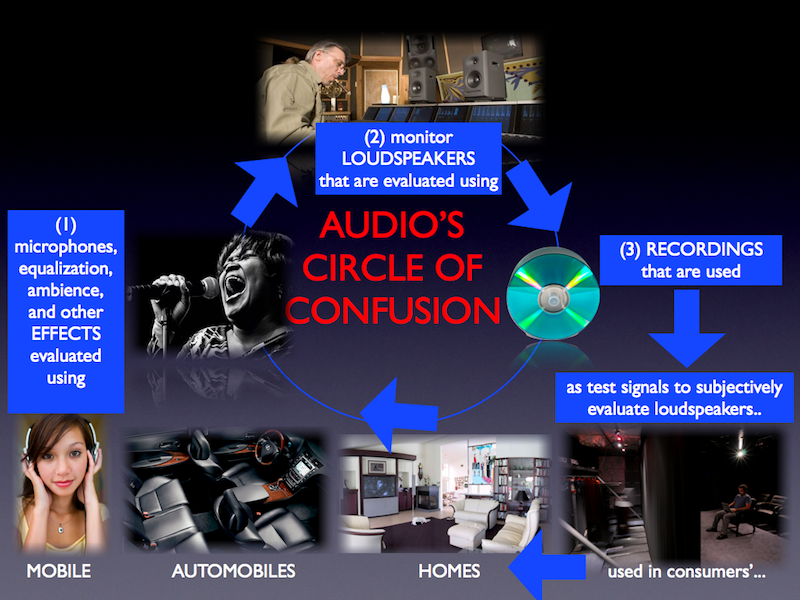This hobby is hard. I like that. However, it could be easier if not for:
- not everything counted counts well in relative comparison or valuation of sound quality improvements
- not everything that counts can be counted or valuated in terms of sound quality
- no point of diminishing return identified for relative comparisons of improvement in sound quality
So I intelectually cavitate for periods of time inbetween discoveries. My latest discovery is the sumiko master method. In terms of relative value, this ability to room adjust speakers was a major improvement to my sound quality. Now, what would be a minor improvement in comparison? A new DAC? Addition of Saga+ preamp? IsoAcoustics GAIA footies for speakers?
Current system: Furman SS-6B Pro (EMI and RFI) > Bluesound Node 2i > Schiit Vidar > Elac Uni-Fi UF5. Blue Jeans 10awg speaker cables and interconnect. Tidal served by Roon.
Most Played: Melody Gardot, Live in Europe (MQA)
- not everything counted counts well in relative comparison or valuation of sound quality improvements
- not everything that counts can be counted or valuated in terms of sound quality
- no point of diminishing return identified for relative comparisons of improvement in sound quality
So I intelectually cavitate for periods of time inbetween discoveries. My latest discovery is the sumiko master method. In terms of relative value, this ability to room adjust speakers was a major improvement to my sound quality. Now, what would be a minor improvement in comparison? A new DAC? Addition of Saga+ preamp? IsoAcoustics GAIA footies for speakers?
Current system: Furman SS-6B Pro (EMI and RFI) > Bluesound Node 2i > Schiit Vidar > Elac Uni-Fi UF5. Blue Jeans 10awg speaker cables and interconnect. Tidal served by Roon.
Most Played: Melody Gardot, Live in Europe (MQA)
Last edited:

